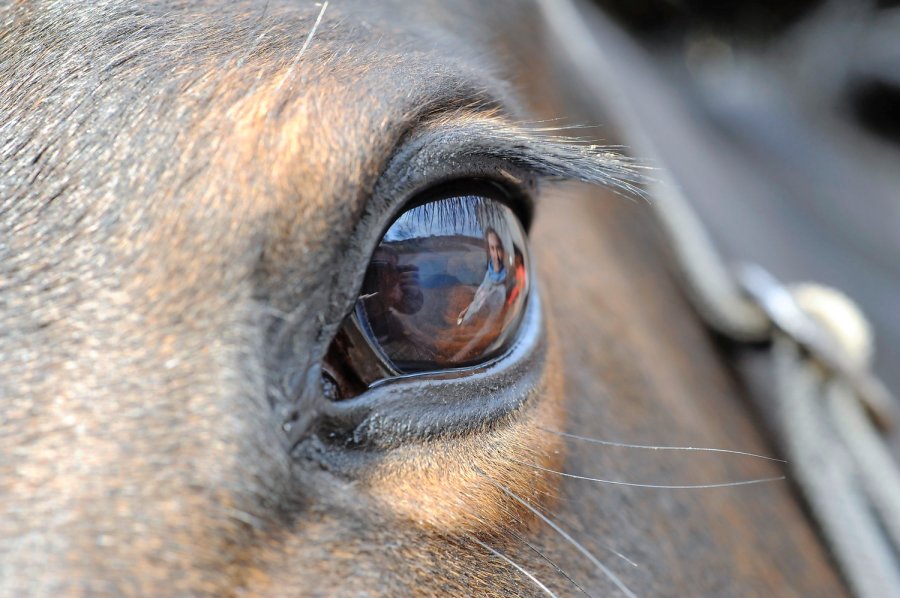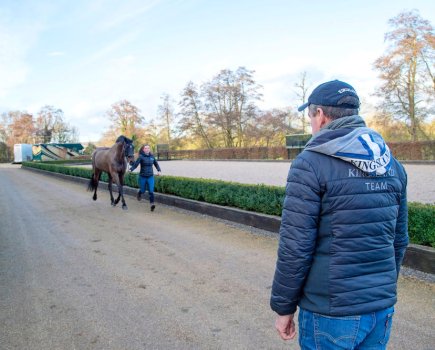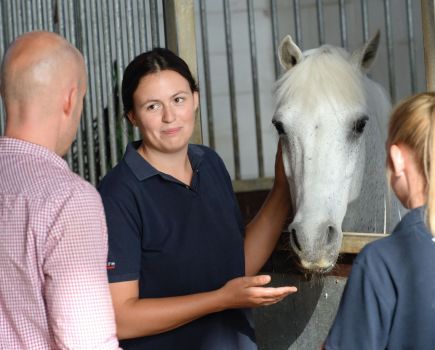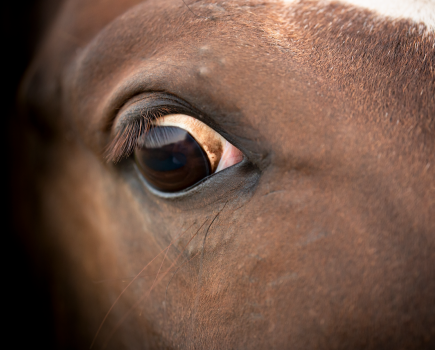The equine eye is unlike those of most other land mammals.
For starters, it’s thought to be the largest, it enables horses to see in panoramic, and in the dark, and that’s just the beginning!
1. Who needs sunglasses?!
Thanks to some clever yellow pigments at the centre of the eye’s lens, horses can reduce the glare of bright sunlight (something we’d need a pair of sunglasses for).
In addition, the ‘corpora nigra’ (the dark horizontal bit that runs close to the pupil) acts as a sun visor, shading the pupil from glare.
However, like us, horses still need time to adjust to different light conditions.
2. Night-time vision
In the human world, 20/20 vision is the mutt’s nuts while equine vision has been recorded at 20/30.
This means that the details a human can see at 33ft, a horse can only see at 20ft. Equine vision is, however, thought to be better than that of dogs and cats and horses have excellent night vision.
This is thanks to something called a tapetum.
The tapetum acts like a mirror on the back of the eye – it’s what you can see glinting when the light hits the eye in darkness.
3. In-built binoculars
Horses use binocular and monocular vision, where separate information comes from each eye.
They also have a small area of forward-facing binocular vision (where, as in humans, images from both eyes are used together).
They use binocular vision to scan the horizon (they’ll do this with a high head carriage – pictured) or view things close in front (with a low head carriage).
4. Eyes in the back of their head
With their eyes set wide part on the side of their heads horses can have an incredible 350-degree visual field but the wide positioning of their eyes also leaves them with some blind spots.
The first sits behind the head and extends over the back and tail while the second is below the muzzle and extends approximately 1m out in front.
With this in mind, when approaching obstacles let your horse move his head both up and down, and to the side, to assess them.
Don’t miss the latest issue of Your Horse Magazine, jam-packed with training and veterinary advice, horse-care tips and the latest equestrian products available on shop shelves, on sale now.










